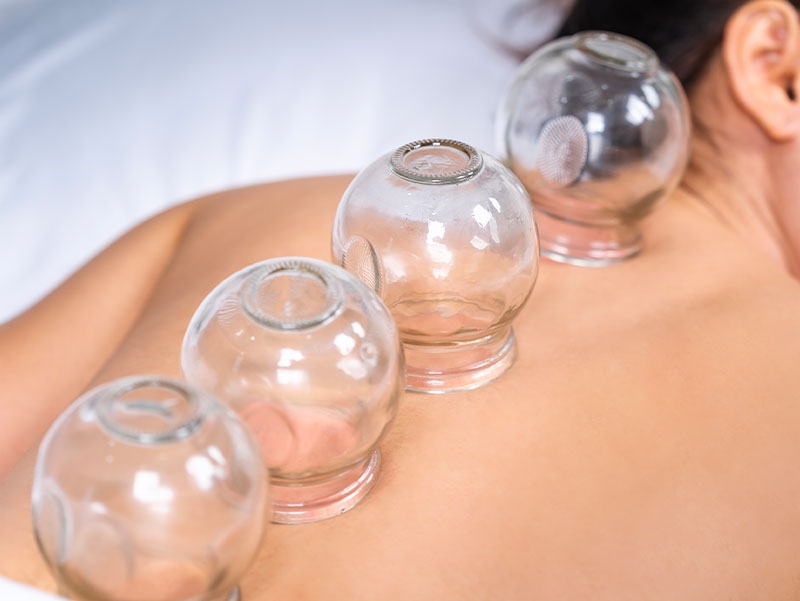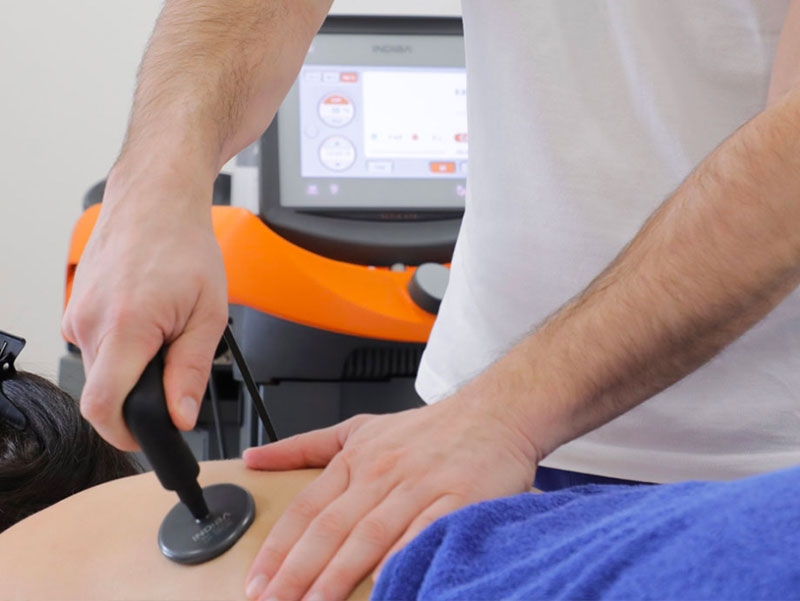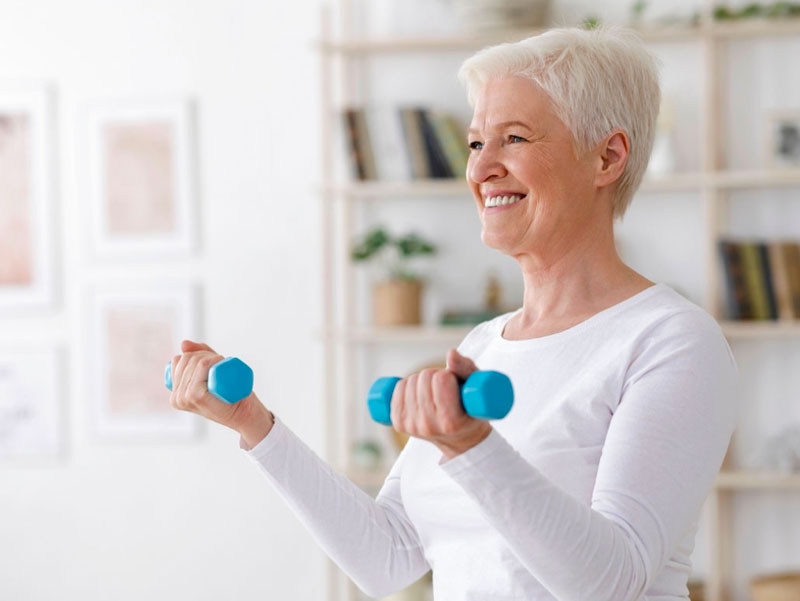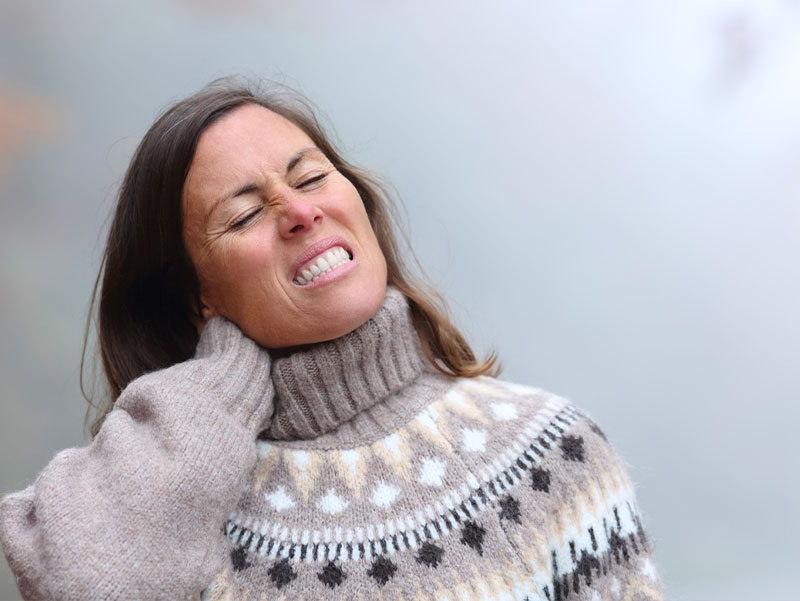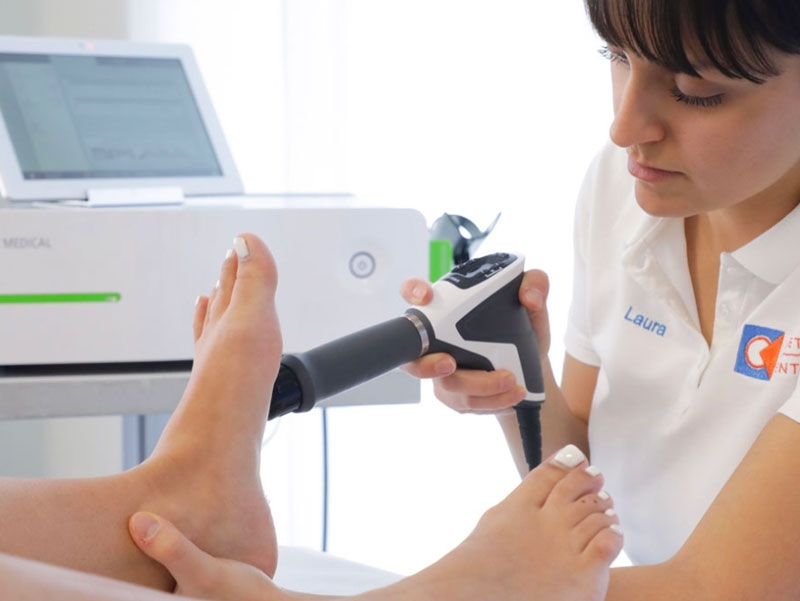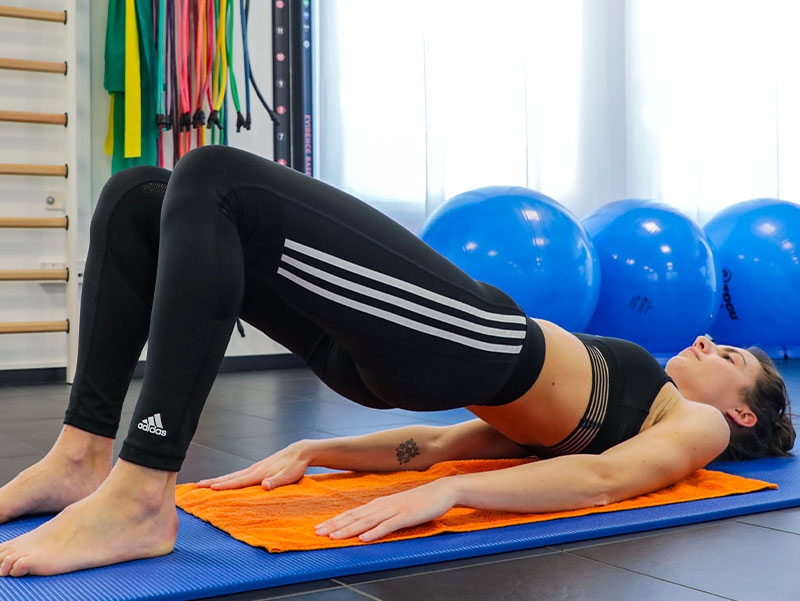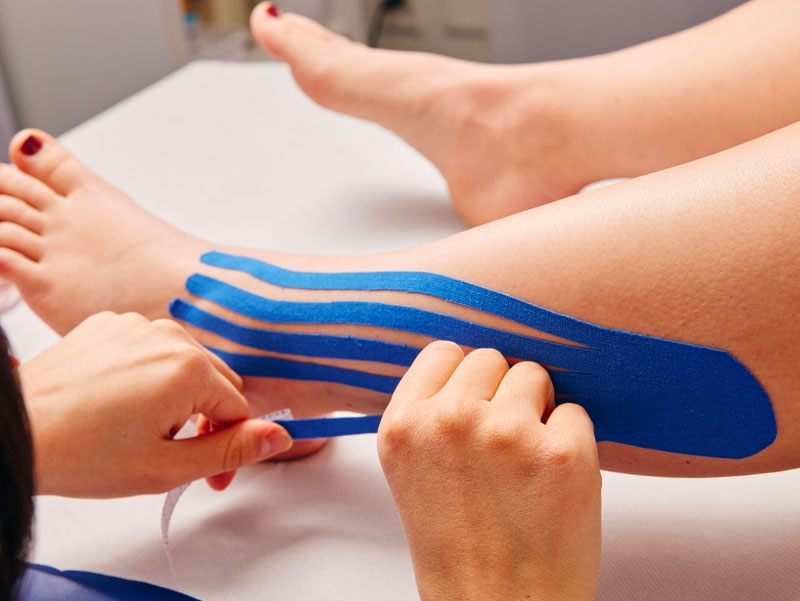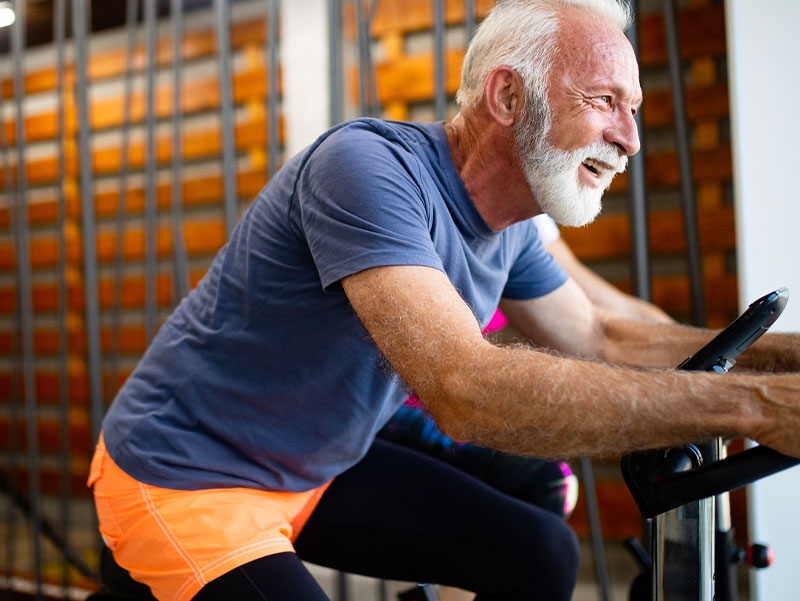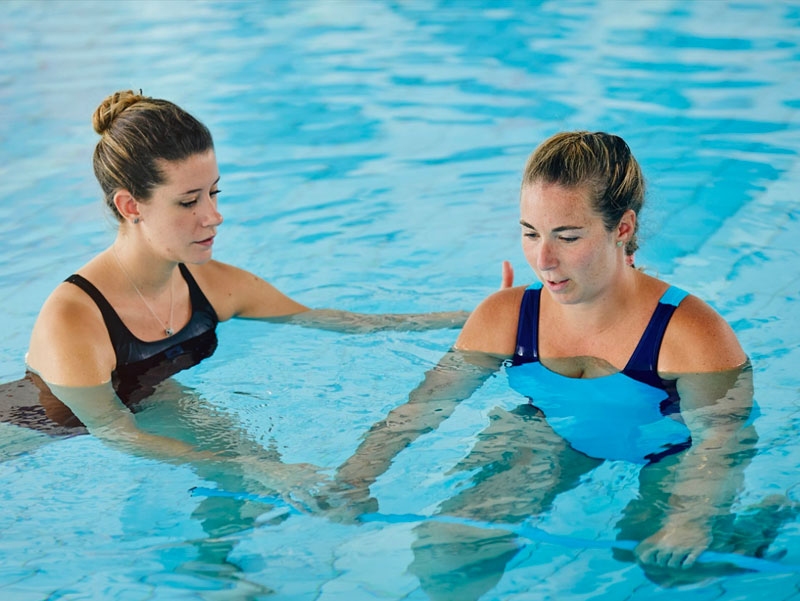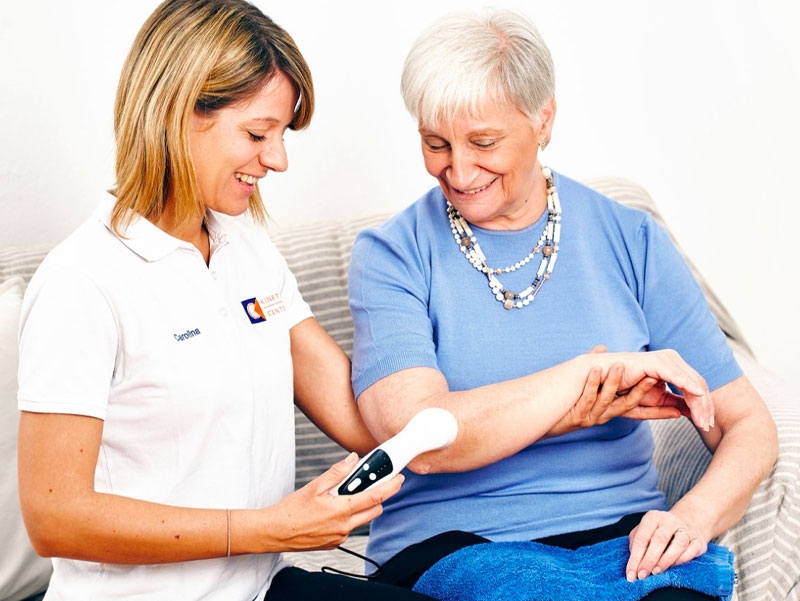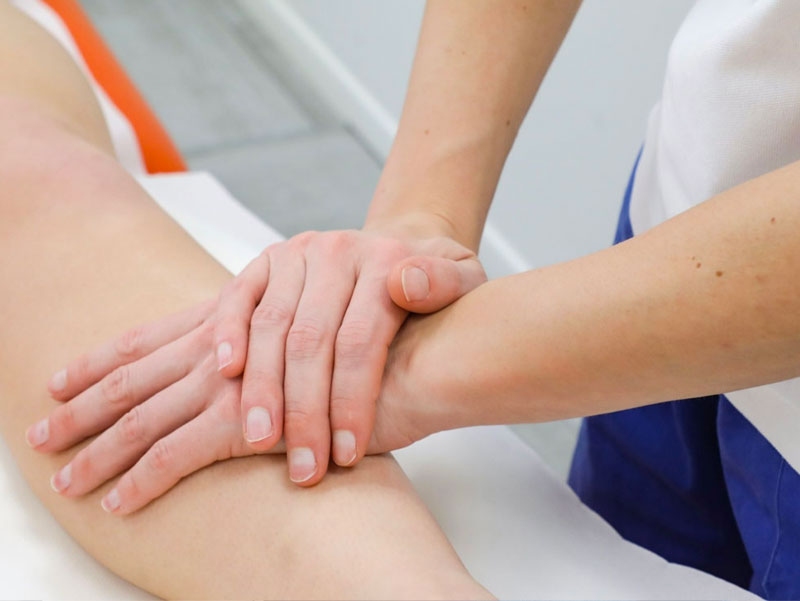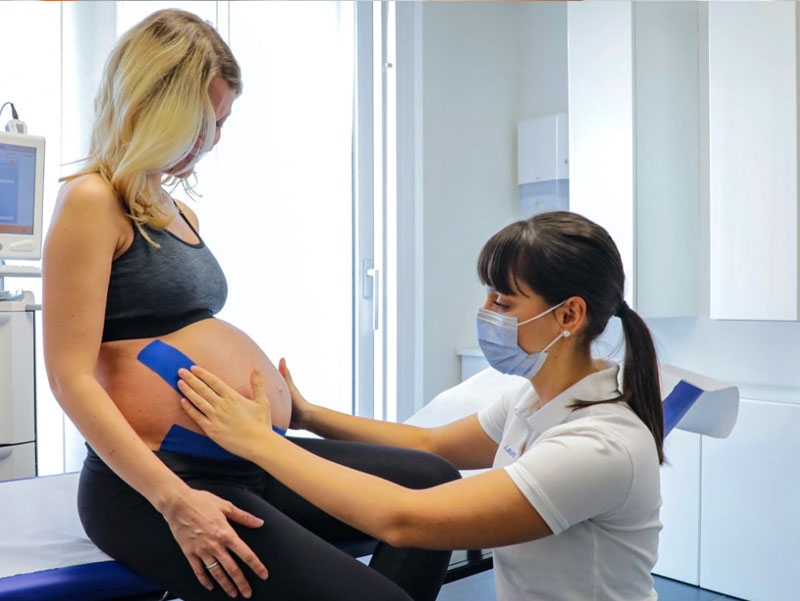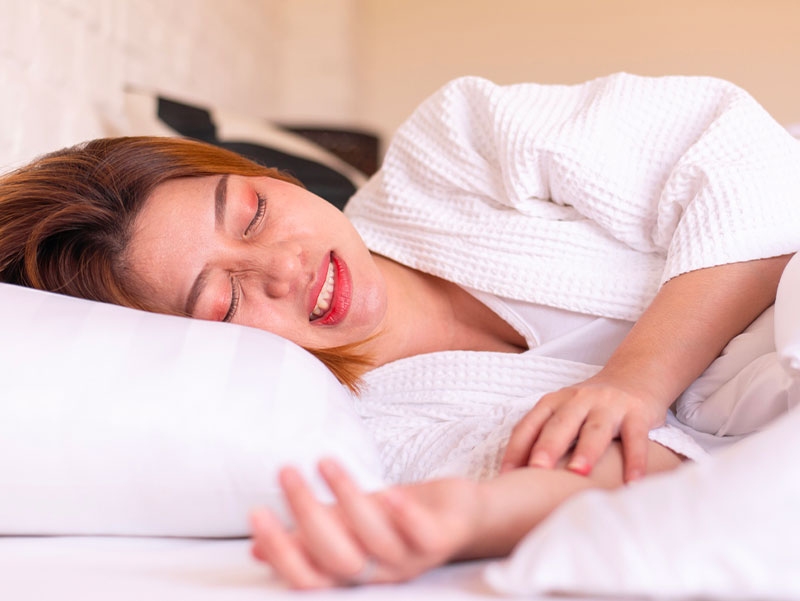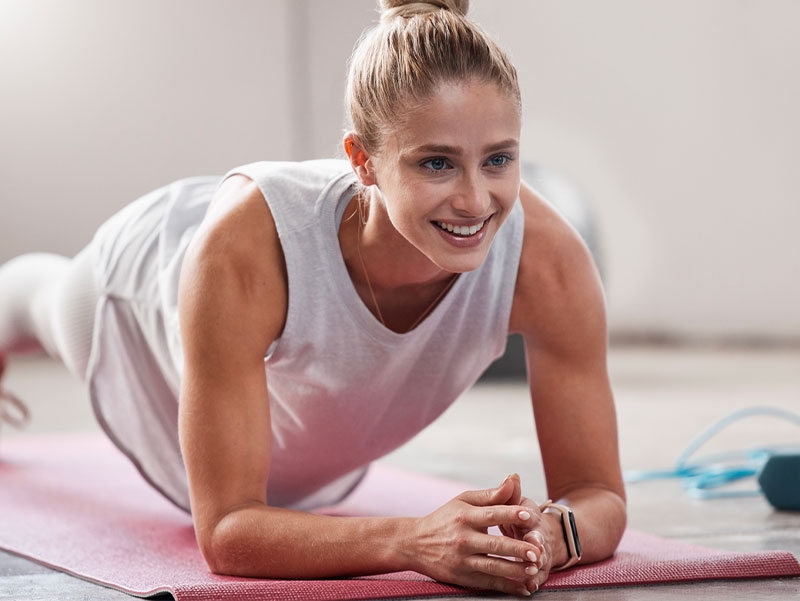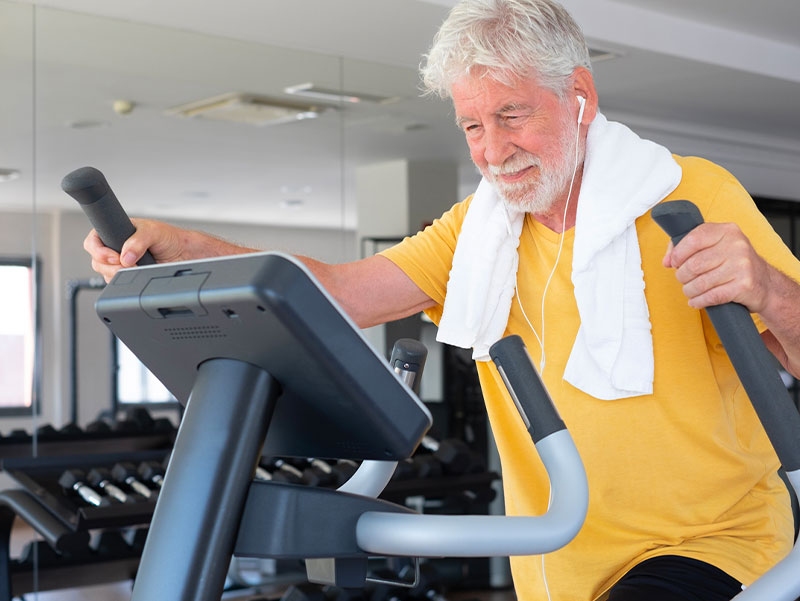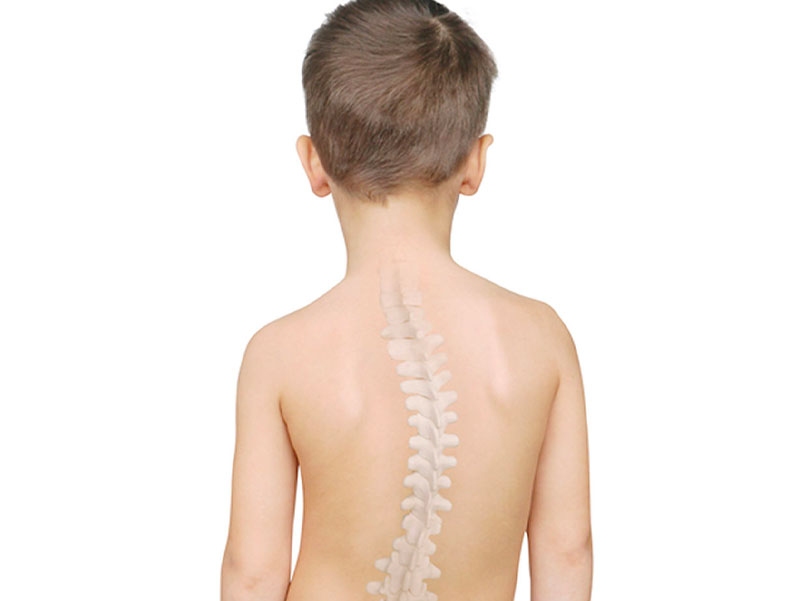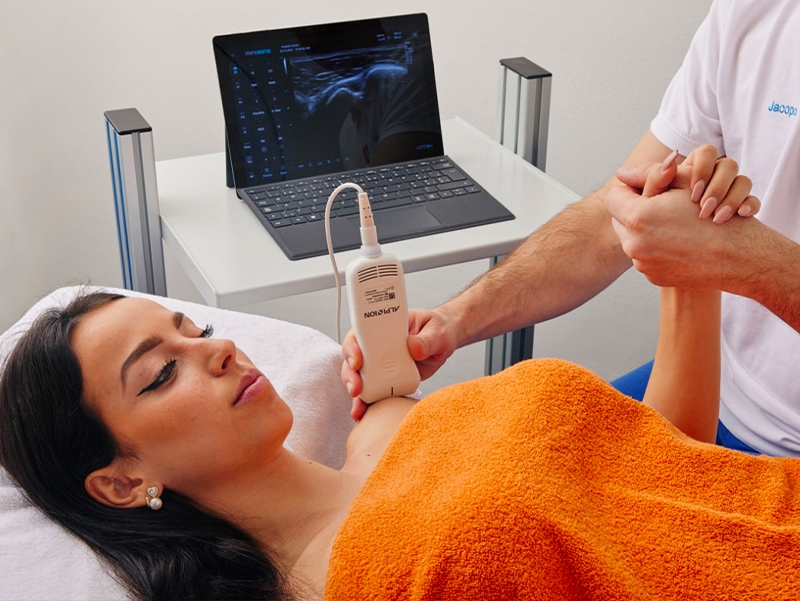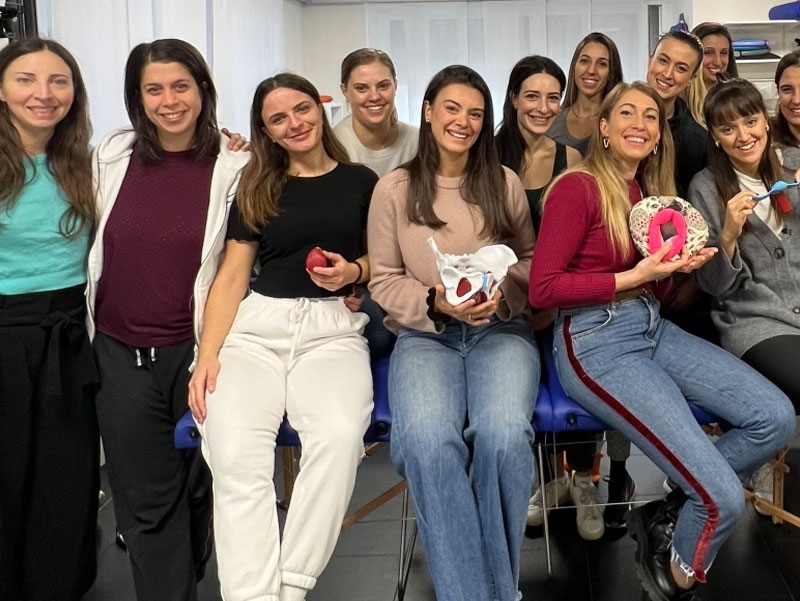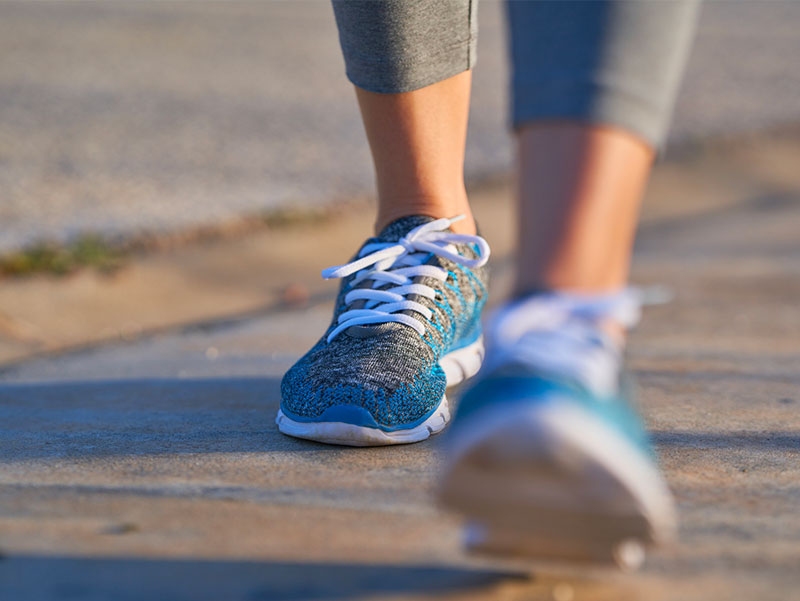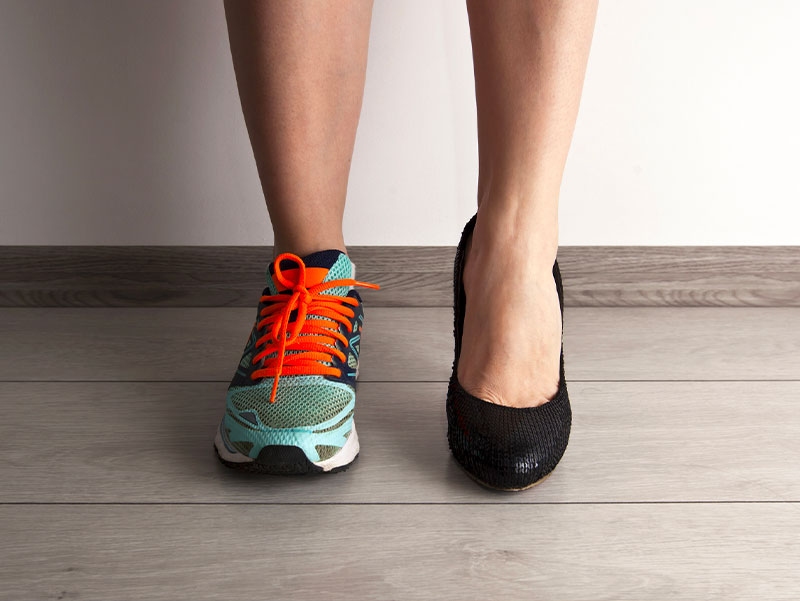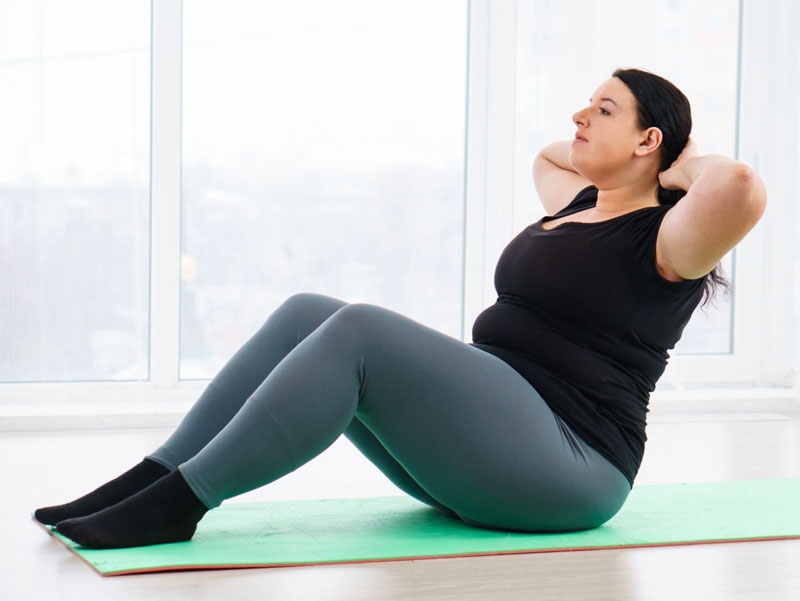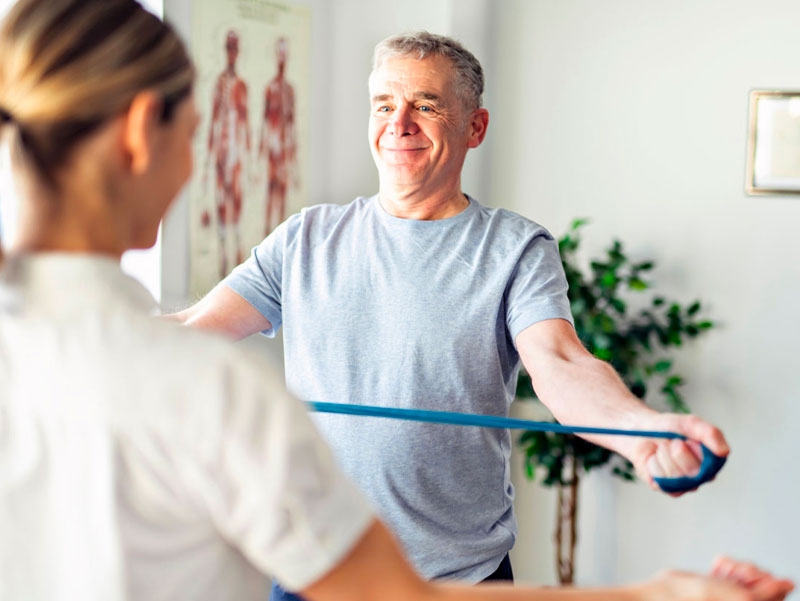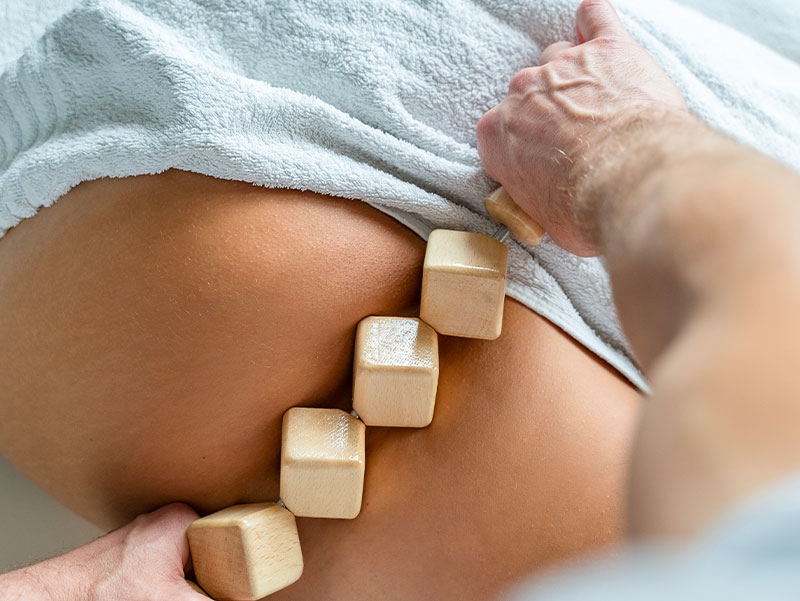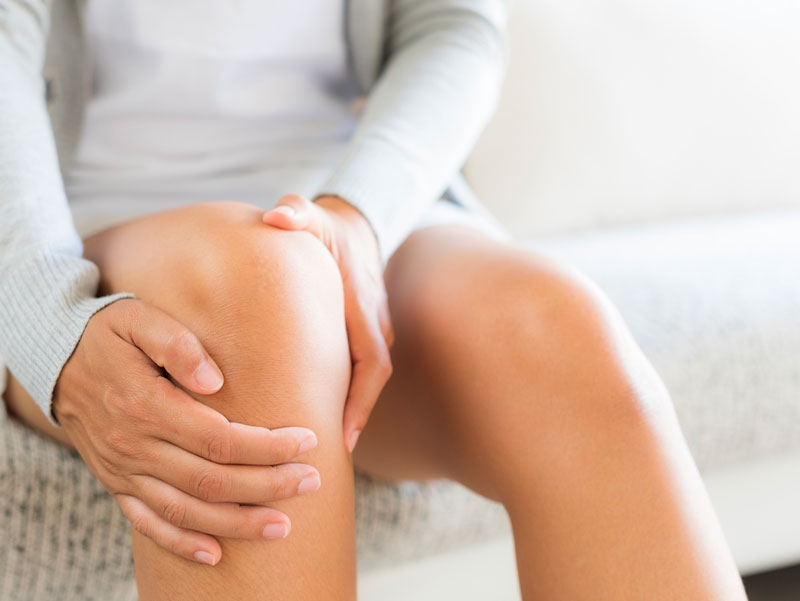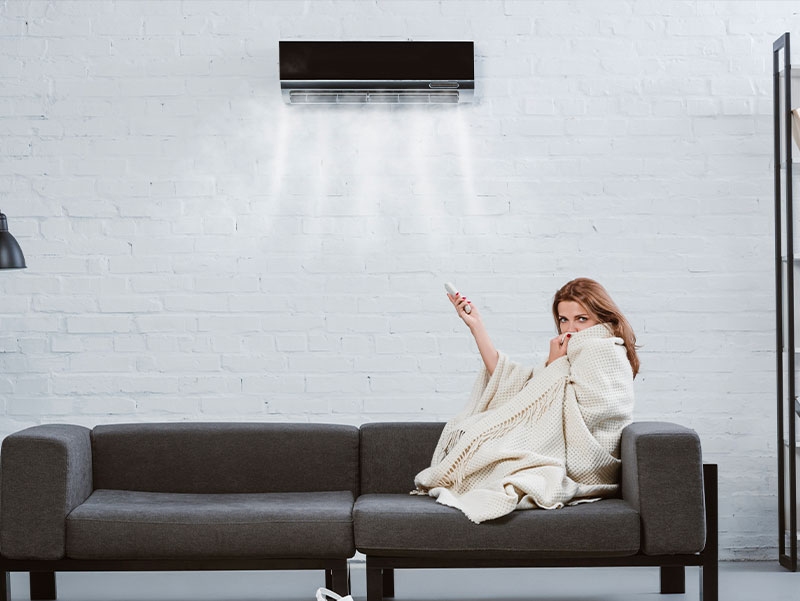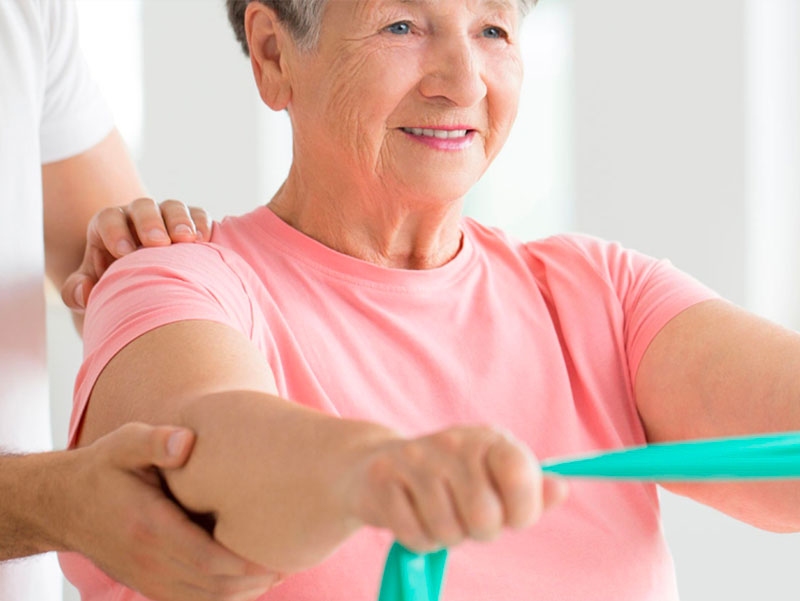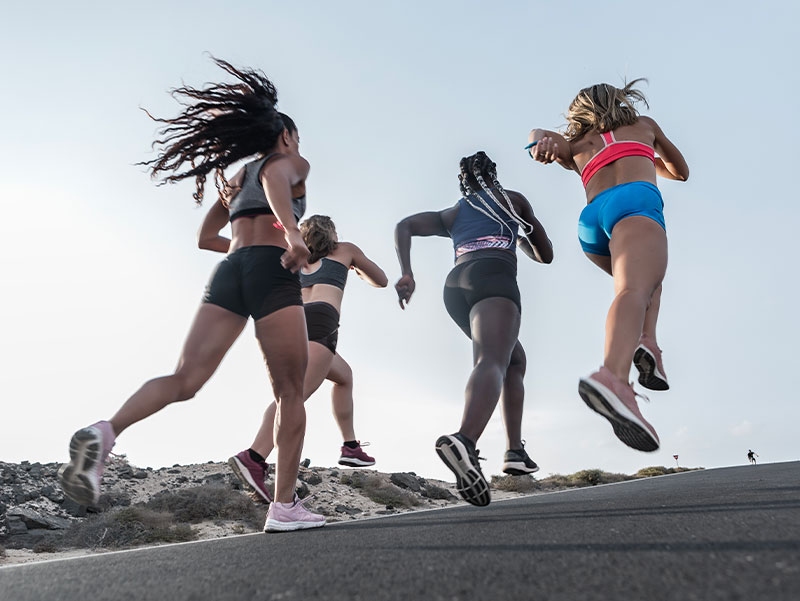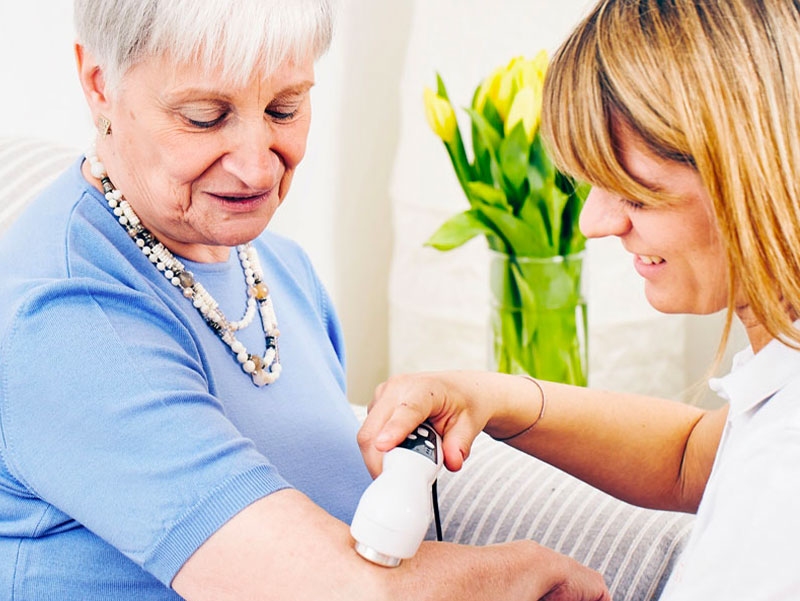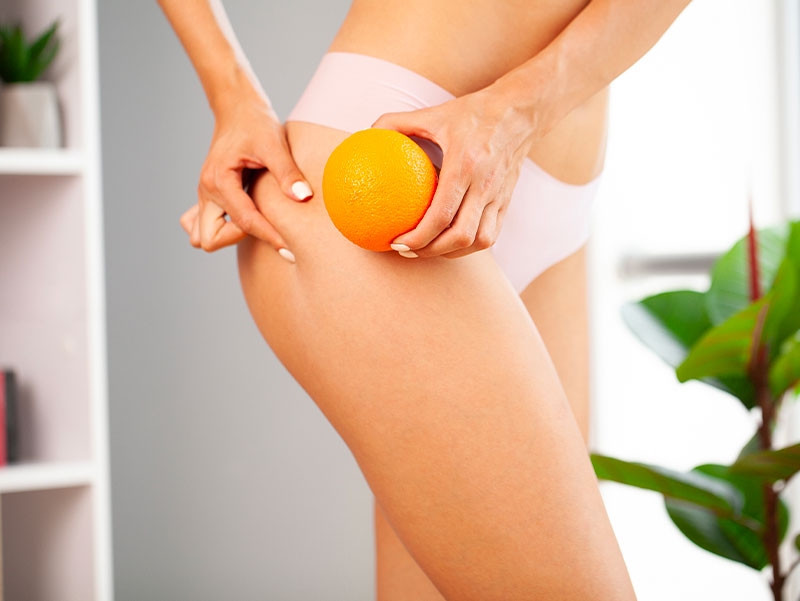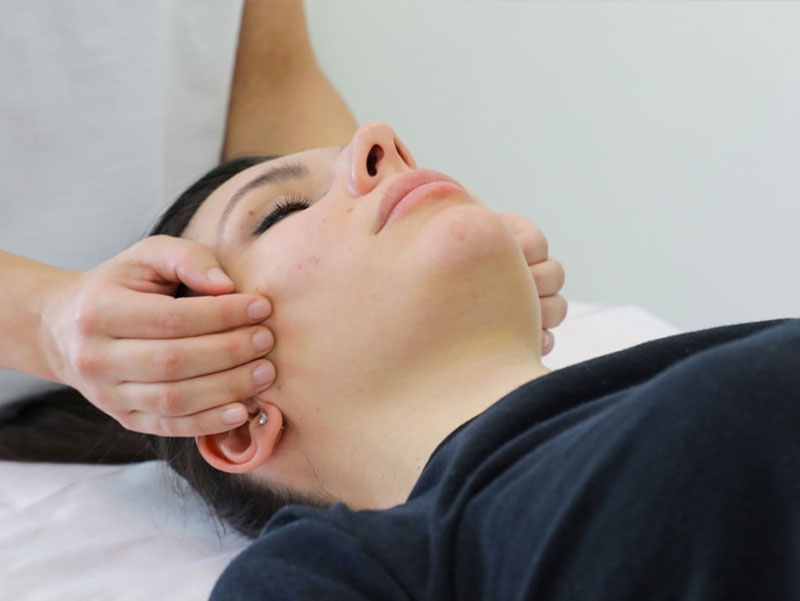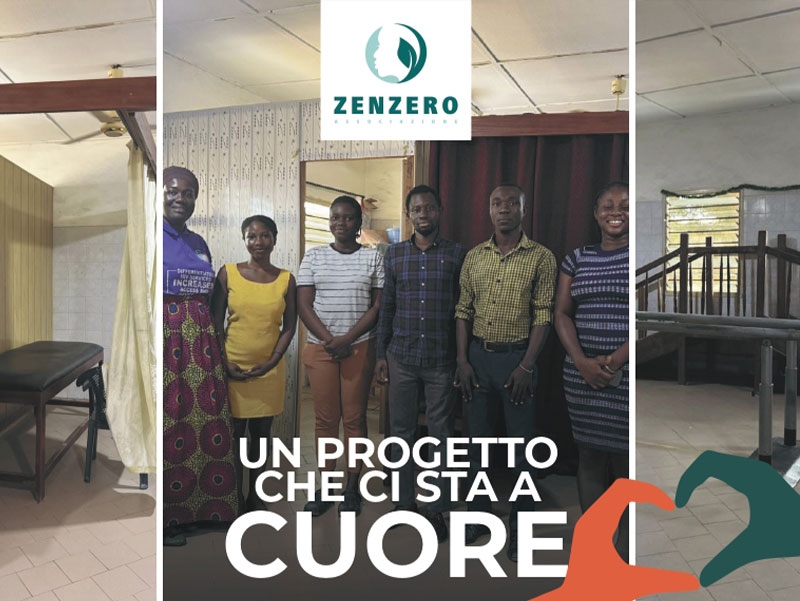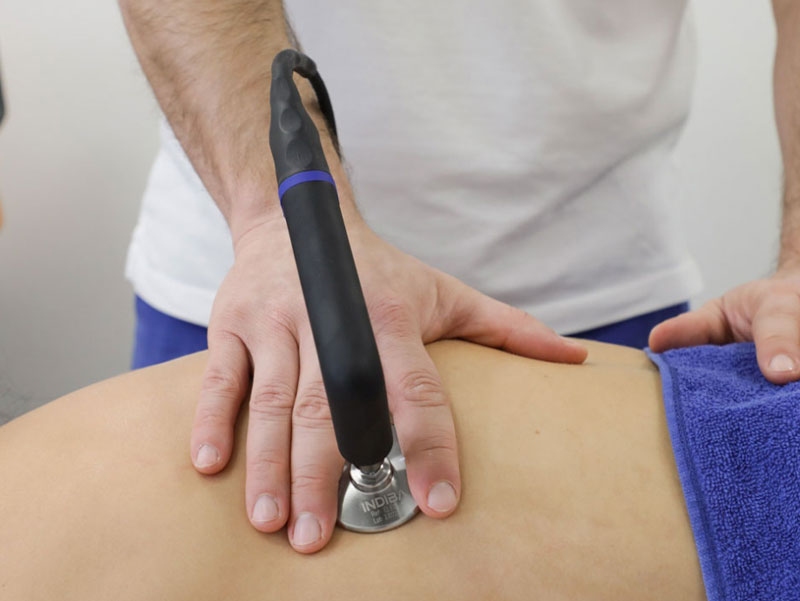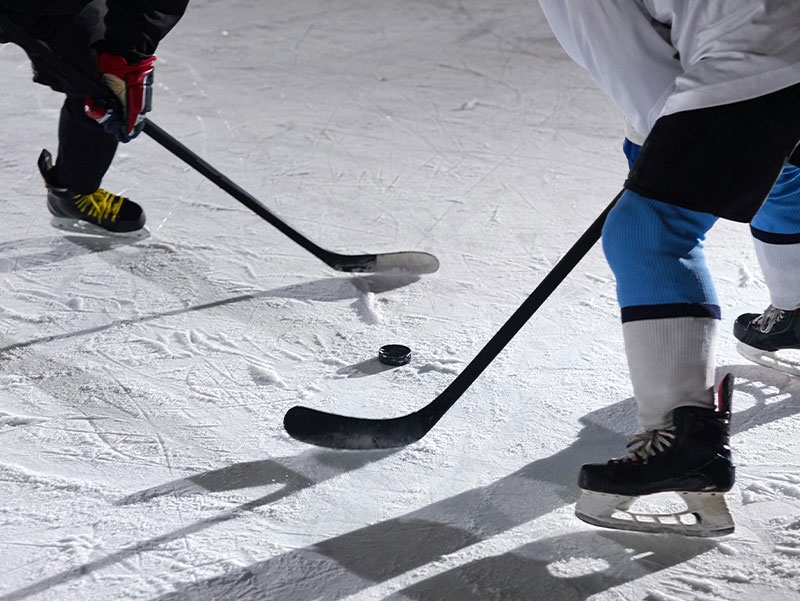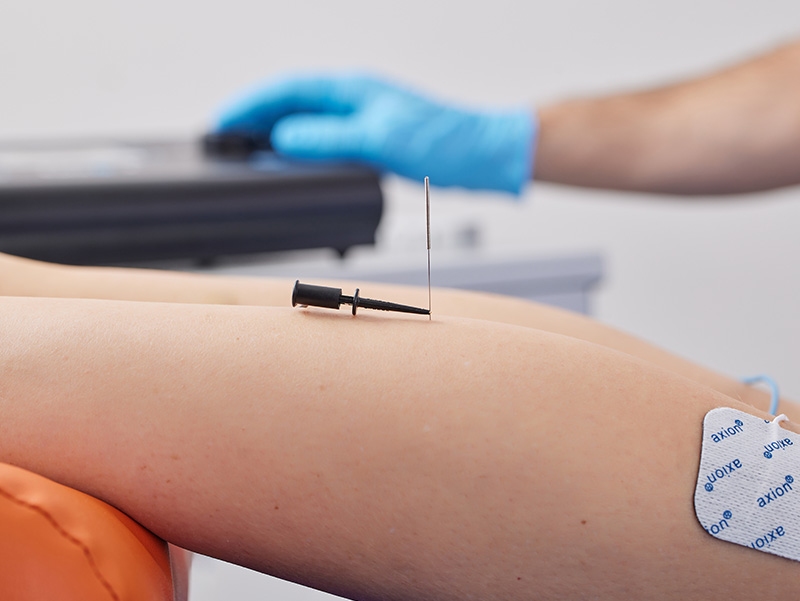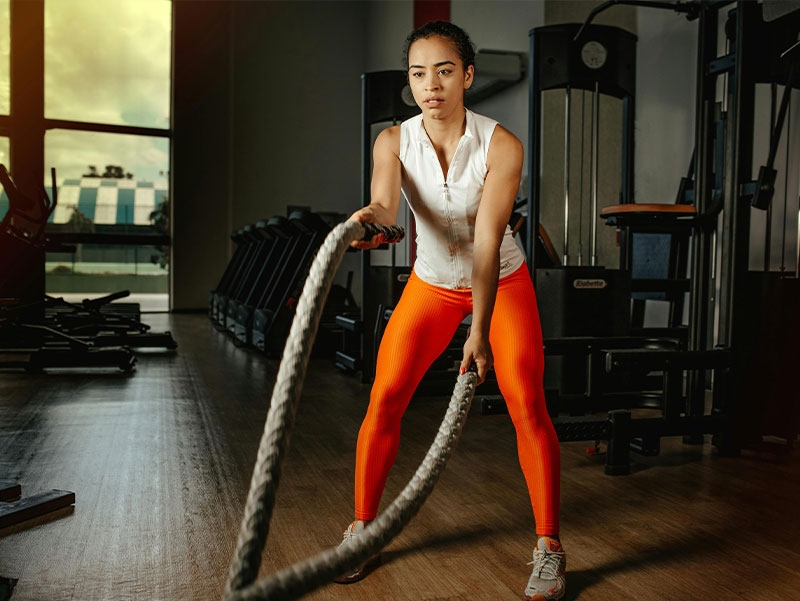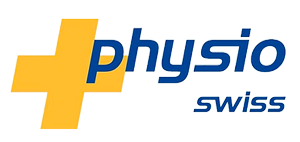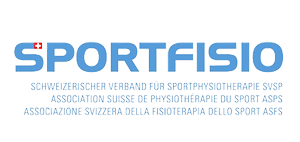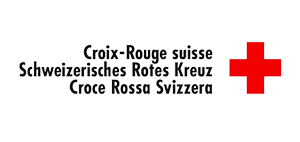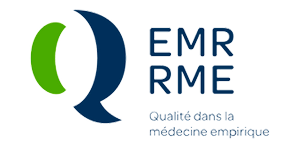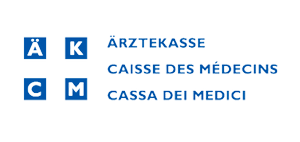Already known in ancient times, cupping therapy has evolved over the centuries into a modern treatment practice, becoming a complementary technique to massage.
Cupping is an ancient therapeutic practice that involves suctioning the skin using special cups on specific areas of the body, depending on the therapeutic goals. Known since antiquity, it has developed through the centuries into a modern therapy and is now commonly integrated with massage treatments.
The suction triggers a series of effects: it reduces pain perception, promotes the release of soft tissues and connective tissue, increases blood and lymph flow, and facilitates the elimination of toxins and waste products. All of this promotes tissue healing, relieves muscle tension, and reduces painful symptoms.
The different types of cupping
There are three different types of cupping:
- Wet cupping, also known as “medical bloodletting,” involves not only the application of the cups on the skin but also their temporary removal and the execution of small incisions in the areas where the cups were placed, allowing blood to flow out and toxins and impurities to be expelled.
- Dry cupping does not involve any incisions and simply creates low-pressure areas on the skin where the cups are applied.
- Moving cupping involves shifting the cups along the skin during the treatment, typically using oil to allow for smoother movement.
Each type of cupping has its pros and cons, and it is important to rely on qualified therapists who can choose the most suitable method based on the patient’s condition. Depending on the type of cupping, cups may be made of various materials (glass, plastic, bamboo, terracotta, or silicone), and between 3 to 5 cups are typically used per session.
Where are the cups applied?
The treated areas depend on the reported symptoms. The anatomical points to be targeted are selected according to the therapy’s goal, from a specific set of zones across the body. A certified therapist knows the key areas and will choose the most effective technique accordingly.
Benefits of cupping
Cupping therapy has proven effective in treating headaches, migraines, sciatica, neuralgia, neck pain, lower back pain, fibrosis, and fibromyalgia.
Observed benefits vary from person to person and include:
- improved blood circulation, increasing tissue oxygenation and speeding up healing;
- pain reduction through muscle relaxation, for example in cases of poor posture or overload syndromes;
- improved lymphatic function with a draining effect and elimination of waste and toxins;
- deep relaxation and stress reduction due to the massage-like effect;
- improved skin tissue, thanks to the combined stimulation of the circulatory and lymphatic systems.
Contraindications
When performed by qualified personnel, cupping is safe and virtually free of side effects. It is not recommended in cases of heart or kidney failure, ascites from liver cirrhosis, severe edema, skin diseases, severe psoriasis, fractures, recent burns, obesity, or extreme underweight.
At the Kinetic Center, we practice dry and moving cupping, using plastic cups and the most appropriate techniques for each case. Contact us to learn more about cupping therapy. Come meet our specialized therapists. Call us and book a personalized consultation.
